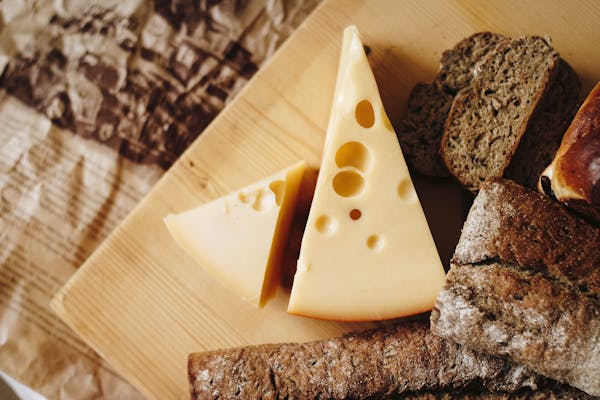From Ancient Craft to Culinary Delight: A Storied History of Cheesemaking
Cheese, a beloved culinary delight enjoyed worldwide, holds a rich and storied history that stretches back thousands of years. From humble beginnings to intricate artistry, the craft of cheesemaking has evolved across cultures and continents, leaving an indelible mark on our culinary heritage. In this article, we embark on a journey through time to explore the fascinating history of cheesemaking. From its mysterious origins to the innovations of ancient civilizations and the artistry of modern cheesemakers, we unravel the tale behind this extraordinary creation that has captivated palates and shaped culinary traditions around the globe.
Origins and Early Beginnings
The art of cheesemaking is believed to have originated in ancient times, predating recorded history. While the exact origins remain elusive, evidence suggests that early humans discovered the transformation of milk into cheese by storing it in containers made from animal stomachs. The natural enzymes in these stomachs caused the milk to curdle, resulting in the formation of curds and whey. Over time, various cultures refined the process of cheesemaking, developing specific techniques and flavor profiles unique to their regions.
Ancient Civilizations and Cultural Significance
Cheesemaking played a vital role in the culinary traditions of ancient civilizations. In ancient Egypt, cheese was considered a luxury item, often reserved for the elite and used as an offering to the gods. The Greeks and Romans embraced cheesemaking, creating a wide array of cheese varieties, some of which are still cherished today, such as feta and pecorino romano.
During the Middle Ages, monasteries across Europe became centers of cheesemaking excellence. Monks dedicated themselves to perfecting the craft, preserving traditional techniques, and developing new cheese styles. These monastic cheeses, such as Gouda and Munster, became renowned for their quality and flavor, shaping the regional identities of their respective areas.
Innovation and Artistry
The Renaissance marked a turning point in the art of cheesemaking. Advancements in animal husbandry, dairy farming, and cheesemaking techniques led to the emergence of new varieties and flavors. Cheesemakers refined their craftsmanship, exploring aging techniques, experimenting with different milk sources, and introducing innovative cheesemaking tools.
The Industrial Revolution brought significant changes to cheesemaking. With technological advancements, cheesemaking shifted from small-scale, artisanal production to larger factories. This transformation allowed for increased efficiency and mass production, making cheese more accessible to the general population.
Revival of Artisanal Cheesemaking
In recent decades, there has been a resurgence of artisanal cheesemaking, fueled by a desire to reconnect with traditional methods and preserve cultural heritage. Artisan cheesemakers focus on small-batch production, often using raw milk and employing time-honored techniques passed down through generations. This revival has resulted in a renaissance of flavors and a celebration of unique regional cheeses.
Today, cheesemaking has become both a science and an art. Cheesemakers experiment with aging processes, milk types, and flavor profiles, pushing the boundaries of creativity and innovation. From creamy Brie to tangy Roquefort, from nutty Parmigiano-Reggiano to pungent blue cheeses, the world of cheese offers a captivating array of flavors and textures.
The history of cheesemaking is a testament to human ingenuity, cultural traditions, and the pursuit of gastronomic pleasure. From its humble beginnings in ancient times to the sophisticated artistry of modern cheesemakers, cheese has evolved into a culinary treasure cherished by people worldwide. As we savor the diverse flavors and aromas of cheese, we pay homage to the craftsmanship and dedication that have shaped this extraordinary culinary tradition, reminding us of the timeless allure of this delectable creation.

